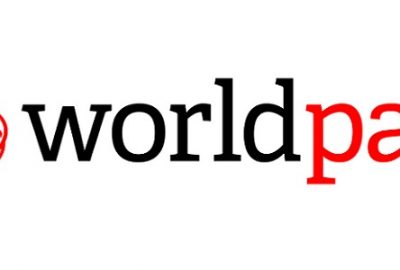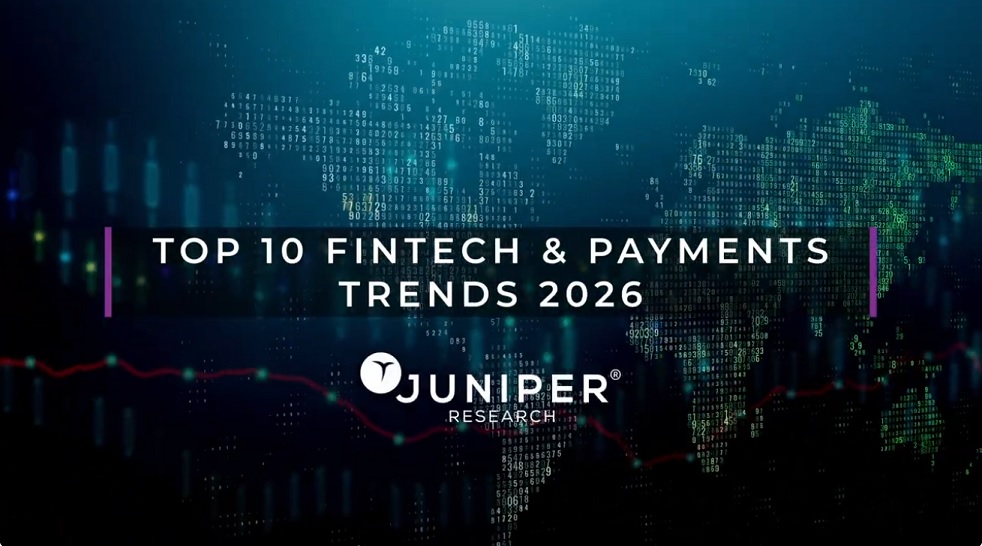Goldman Sachs expects digital yuan to reach 1B users within 10 years

The digital yuan, China’s planned national virtual currency, would account for 15% of total consumption payments in ten years, helping commercial banks gain more ground from fintech companies, according to a Nov. 17 Goldman Sachs report shared with CoinDesk.
The Digital Currency Electronic Payment (DC/EP) could be a more attractive alternative to existing digital payment services provided by fintech companies in a cashless environment, said the 81-page report. It cited anonymity enabled by the separation of a bank account and the digital yuan wallet, offline payment and interconnectivity with various payment options as contributing to the digital yuan’s success.
“In ten years we expect DC/EP to reach 1 billion addressable users, 1.6 trillion rmb ($229 billion) in issuance, 19 trillion rmb ($2.7 trillion) in annual Total Payment Value (TPV) and account for 15% of total consumption payments,” the report said.
Goldman Sachs said consumption payments – meaning the transactions in which users make purchases via a digital payment platform – will be where banks and fintech providers compete most aggressively.
“Consumption is the major source of income for Third Party Payment (3PP) providers given the higher take rate than transfers and finance; thus consumption payments are regarded as ‘commercial payments’ by payment institutions,” the report said.
Leveling the playing field
The adoption of the digital yuan will likely slow the rate that banks have been ceding ground to fintech, and even reverse market share losses over the long-term if DC/EP gains in popularity, the report said.
The report noted China Merchant Bank (CMB) and Ping An Bank (PAB) may be among the beneficiaries from the new digital payment ecosystem, as third-party payment platforms would have to face more competition in the long term.
“A 10% increase in the bank app users would lift revenues by 2%-5%,” the report said. “PAB and CMB are best placed to commercialize returning app users given their leading retail franchises, premium client bases, superior fintech capability and strategic focus on retail finance.”
Currently, Alipay and Tencent’s digital payment arm WeChat Pay still dominate China’s digital payment industry. The two companies account for over 90% of mobile banking transactions in the last three months of 2019.
“Commercial banks will be the only institutions permitted to operate in DC/EP exchange as it is the digitalization of legal tender,” the bank noted. “This will effectively level the playing field with fintech platforms, enabling banks to once again compete head-to-head with them in consumption payments.”
Fintech growth
“Over the next five years, we expect Fintech to grow revenues at almost double the rate of banks as they continue to capture incremental market share across the retail finance ecosystem,” the bank said.
The report also notes DC/EP would not disintermediate the commercial banks since the virtual currency is replacing cash rather than savings. In addition, the digital yuan wallet will not pay interest to depositors and most of the transactions will be in small amounts, the report said.
According to the report, China has 900 million mobile internet users as of 2019, making up over 64% of its population. The country’s M0/M2 ratio is only 4%, which is one of the lowest cash usage among major economies and it is still declining. Ninety-six percent of Chinese banking services are processed on electronic devices.
The bank forecasts a 3 trillion rmb ($428.6 billion) revenue pool for retail finance by 2025 (excluding mortgages) as growth in payments and retail lending slows but wealth management and insurance agencies remain brisk.
Dariusz Mazurkiewicz – CEO at BLIK Polish Payment Standard
Banking 4.0 – „how was the experience for you”
„To be honest I think that Sinaia, your conference, is much better then Davos.”
Many more interesting quotes in the video below:












